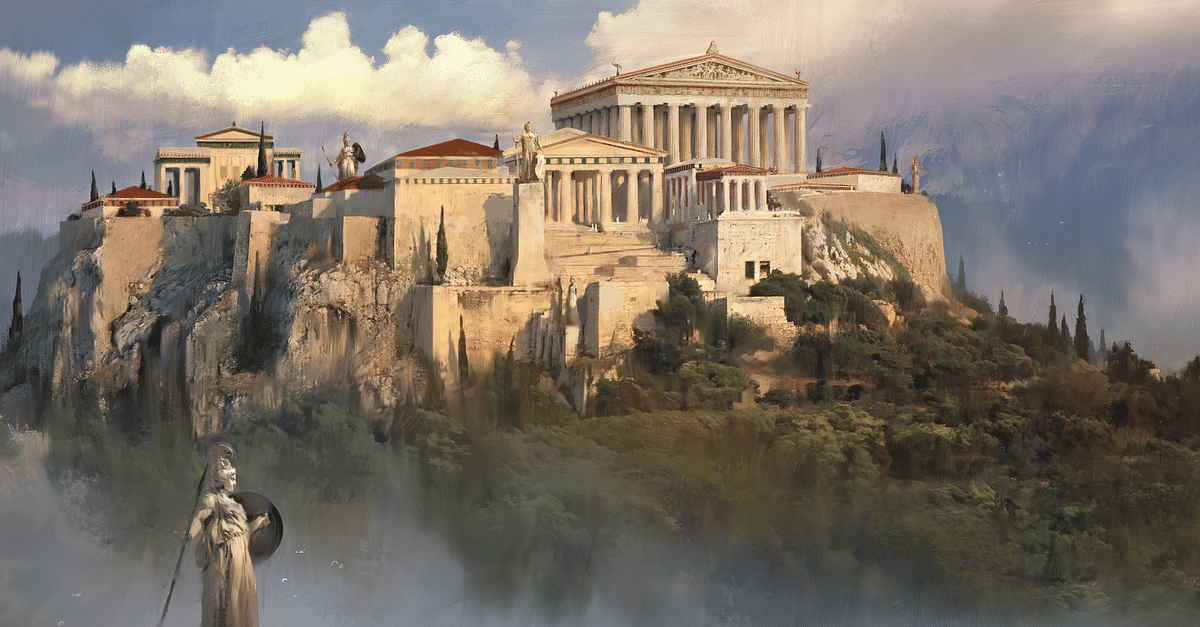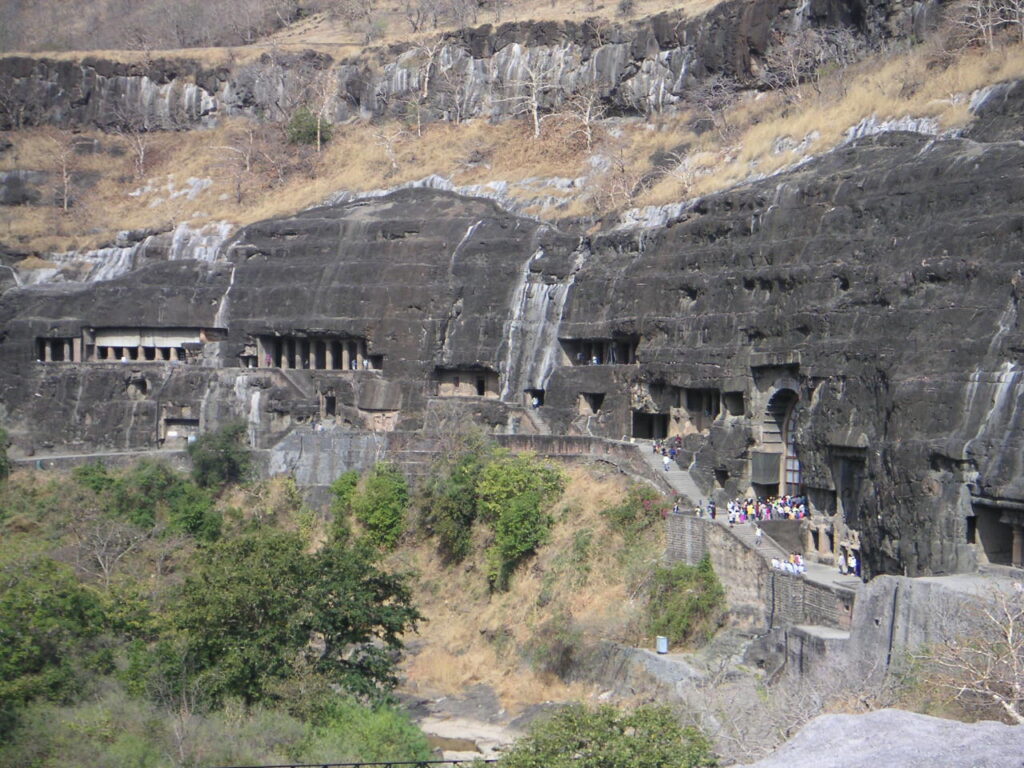Introduction: Perched high above the city of Athens, the Acropolis stands as a symbol of the enduring legacy of ancient Greece. This iconic citadel, crowned by magnificent temples and monuments, has captivated the imagination of visitors for millennia. In this exploration, we delve into the rich history, architectural splendor, and cultural significance of the Acropolis.
- Historical Background: The history of the Acropolis dates back to the Mycenaean period, but it reached its zenith during the Golden Age of Athens in the 5th century BCE. Under the leadership of statesmen such as Pericles, the Acropolis was transformed into a monumental center of art, culture, and democracy.
- Sacred Site: The Acropolis was originally a religious sanctuary dedicated to the goddess Athena, the patron deity of Athens. Over time, it became a symbol of Athenian power and prestige, adorned with temples, statues, and other monumental structures.
- Persian Wars: The Acropolis played a pivotal role in the defense of Athens during the Persian Wars of the early 5th century BCE. The Persians sacked and burned the city in 480 BCE, but the Acropolis withstood the assault, serving as a rallying point for the Athenians.
- Periclean Building Program: In the aftermath of the Persian Wars, Pericles initiated a monumental building program on the Acropolis, transforming it into a showcase of Athenian democracy and culture. The Parthenon, Erechtheion, Propylaea, and other iconic structures were built during this period, defining the architectural legacy of the Acropolis.
- Architectural Splendor: The Acropolis is renowned for its magnificent architecture, characterized by elegant proportions, intricate ornamentation, and timeless beauty. The temples and monuments atop the citadel are masterpieces of classical Greek architecture.
- The Parthenon: Perhaps the most iconic structure on the Acropolis, the Parthenon is dedicated to Athena Parthenos, the virgin goddess of wisdom and warfare. Built between 447 and 432 BCE, the Parthenon is a Doric temple adorned with exquisite sculptures and friezes depicting mythological scenes and religious ceremonies.
- Erechtheion: Adjacent to the Parthenon, the Erechtheion is a marvel of Ionic architecture, known for its elegant columns and intricate carvings. It is dedicated to both Athena and Poseidon and houses the sacred olive tree of Athena, as well as the mythical marks of Poseidon’s trident.
- Propylaea: The monumental entrance to the Acropolis, the Propylaea is a triumph of classical design, featuring grand Doric columns, imposing gateways, and a central vestibule. It served as a ceremonial gateway and administrative center, welcoming visitors to the sacred precinct of the Acropolis.
- Temple of Athena Nike: Perched on a bastion overlooking the city, the Temple of Athena Nike is a small but elegant Ionic temple dedicated to Athena as the goddess of victory. Its graceful proportions and delicate reliefs exemplify the refined aesthetic of classical Greek architecture.
- Cultural Significance: The Acropolis is more than just a collection of ancient ruins; it is a symbol of democracy, philosophy, and artistic achievement. It embodies the ideals and aspirations of classical Greece and continues to inspire awe and admiration in visitors from around the world.
- Birthplace of Democracy: The Acropolis played a central role in the development of Athenian democracy, serving as a gathering place for citizens to debate, vote, and participate in civic life. Its monuments and temples were a testament to the values of freedom, equality, and civic pride.
- Center of Learning and Culture: The Acropolis was not only a religious and political center but also a hub of intellectual and artistic activity. It was home to philosophers, playwrights, and poets who sought to explore the nature of existence, morality, and the human condition.
- Symbol of Greek Identity: The Acropolis remains a potent symbol of Greek identity and national pride, evoking a sense of connection to the country’s ancient heritage and cultural legacy. It is a source of inspiration for artists, writers, and scholars who seek to understand and celebrate the achievements of classical Greece.
- Conservation and Preservation: Over the centuries, the Acropolis has faced numerous challenges, including warfare, neglect, and environmental degradation. Efforts to preserve and protect this cultural treasure have been ongoing, ensuring that future generations can continue to appreciate its beauty and significance.
- Restoration Projects: Since the 19th century, various restoration projects have been undertaken to stabilize and repair the structures on the Acropolis. These efforts have involved meticulous research, analysis, and conservation techniques to safeguard the integrity of the ancient monuments.
- UNESCO World Heritage Site: In 1987, the Acropolis was designated as a UNESCO World Heritage Site, recognizing its universal value as a cultural landmark. It remains one of the most visited tourist attractions in the world, drawing millions of visitors annually to marvel at its ancient splendor.
- Sustainable Tourism: Sustainable tourism practices are being implemented to minimize the impact of visitor traffic on the Acropolis and its surroundings. Strict regulations, guided tours, and visitor management strategies help to balance the preservation of the site with the needs of tourism and education.
Conclusion: The Acropolis stands as a testament to the enduring legacy of ancient Greece and the genius of classical Greek civilization. Its majestic temples, monumental sculptures, and timeless beauty continue to inspire wonder and admiration in all who behold them. As a symbol of democracy, culture, and human achievement, the Acropolis serves as a beacon of hope and inspiration for future generations, reminding us of the enduring power of the human spirit to create, innovate, and persevere.






